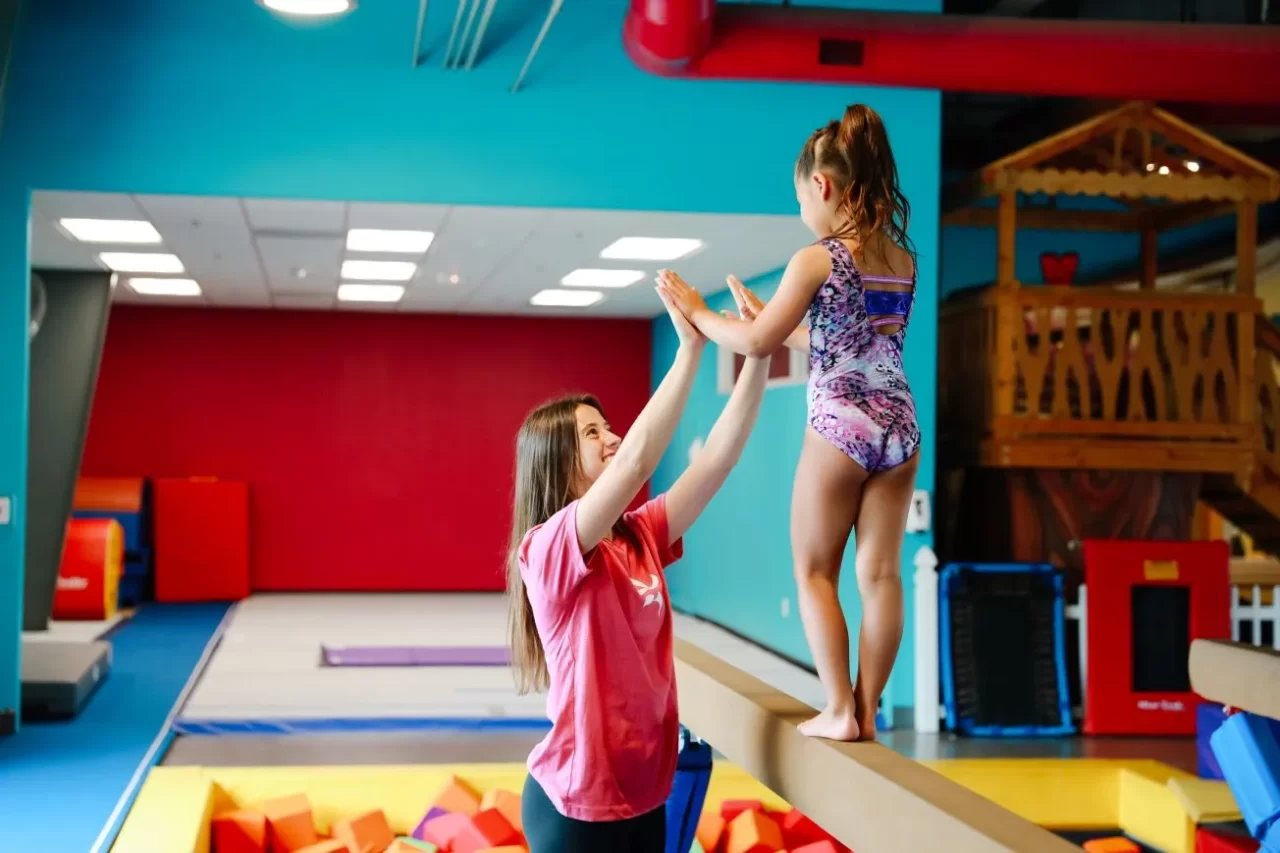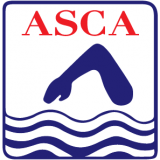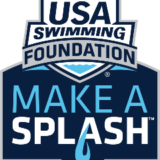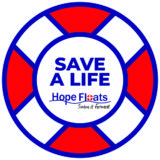
When you drop your child off at preschool, you trust that they will not only have fun, but they will be in a safe and healthy environment. Educators realize that having basic safety procedures in place makes students feel secure and demonstrates to parents that their children are well cared for.
When choosing a preschool, search for an environment that promotes your child’s overall welfare.
Safety for Kids: Lessons at Preschool
Preschoolers are active and mobile, ready to conquer the world! They view every day as a new adventure. This is an exciting and fun stage of life, but it can have risks and dangers, too.
Talking to young children about safety is most effective by providing brief and easy-to-understand information balanced with reassurance. You want them to know that school is a safe place and that adults are available to protect them.
Six Sensible Safety Steps
The following are six safety tips to know when your child enters preschool.
Practice Emergency Plans
Safety drills teach preschoolers how to protect themselves and give them confidence to manage an unfamiliar situation.
Fire drills were always an ordinary part of a school year growing up. Now, we have a world where emergency plans encompass so much more.
Lockdown drills are now a part of life, regardless if you live in Clovis, CA, or New York City, NY. Ask your preschool about their safety drills and how they are implemented. It helps kids to walk through the experience before the drill. This can prevent any fear, crying, or frightened sobs. By role-playing the event, students understand what to expect.
In our area of Clovis, California, practicing earthquake drills should be a common occurrence. At a young age, preschoolers should practice how to “drop, cover, and hold.”
Storing Supplies
The basic safety precautions for storing materials and objects that are potentially harmful to children are still the same as when you were a kid. Scissors, bulletin board tacks, glue, and other items that can cause injury should be put away out of the reach of children.
Poisoning is a particular danger because children of preschool age are curious about everything! Ensure your child’s classroom keeps hazardous products, such as cleaners and disinfectants, in a locked cabinet.
Playtime Safety
It’s not just toxic and pointed objects that can be dangerous. Small parts could become choking hazards for young ones, and items with broken or missing parts may also lead to accidents. Age-appropriate toys need a safety check, too.
Potential Perils of Everyday Tech
Preschool classrooms should be clear of tripping hazards by keeping cables wound up and put away. Just like in your home, electrical outlets should be covered with safety caps.
Sanitize and Wash
If there is one thing we have all learned over the past few years, it is the importance of regular hand washing. Even before serious illness was a focus, frequent hand washing offered a way to avoid the spread of germs and sickness.
Cleanliness is key for keeping students (and teachers) healthy and happy. At the end of each school day, the preschool toys, tables, chairs, naptime mats, and other surfaces should regularly be sanitized to help reduce the number of colds and illnesses.
Safety with Recreational Preschool Activities
To reach their optimum potential and thrive throughout their lives, your child can benefit from activities, both inside and outside the classroom. Sports, dance, theater, and other fun group sessions help develop social, physical, cognitive, and emotional strength.
Safety is essential in these areas as well. For example:
- Swimming: For children 1 to 4 years old, Drowning is the leading cause of death. It doesn’t have to be this way. Promoting water safety (especially in California, where pools are so prevalent) involves a multi-faceted approach, encompassing education, supervision, and preparedness. Proper water safety training can reduce drowning risk in children (and adults), promoting healthy and responsible lifelong habits. If your school offers pool programs, teaching preschoolers safety is essential.
- Dance: Helping a child to grow in confidence and coordination is quickly achieved in dance and movement. However, there can be perils, too. Repetitive practice of moves and routines may cause feet, ankle, and muscle pain. It’s important to have experienced coaches that can mitigate these potential risks.
- Gymnastics: Children develop independence and self-discovery by participating in gymnastics. Enroll your child in an age-appropriate class with knowledgeable teachers to keep your preschooler safe.
From walking to jumping, physical activity is one of the best ways to encourage the development of motor skills from an early age. Take the time to ensure your child is safe in whichever activity they choose.
A Final Word
For families in Fresno County, America’s Kids In Motion (AKIM) takes every possible step to offer a safe place that promotes learning and extracurricular activities. AKIM provides exceptional classroom learning, as well as swimming, gymnastics, dance, and more, to advance preschoolers’ physical fitness and cognition in age-appropriate ways.
Please reach out to our team to learn how your child can participate in education, sports, and social activities at our Clovis, CA, location.




